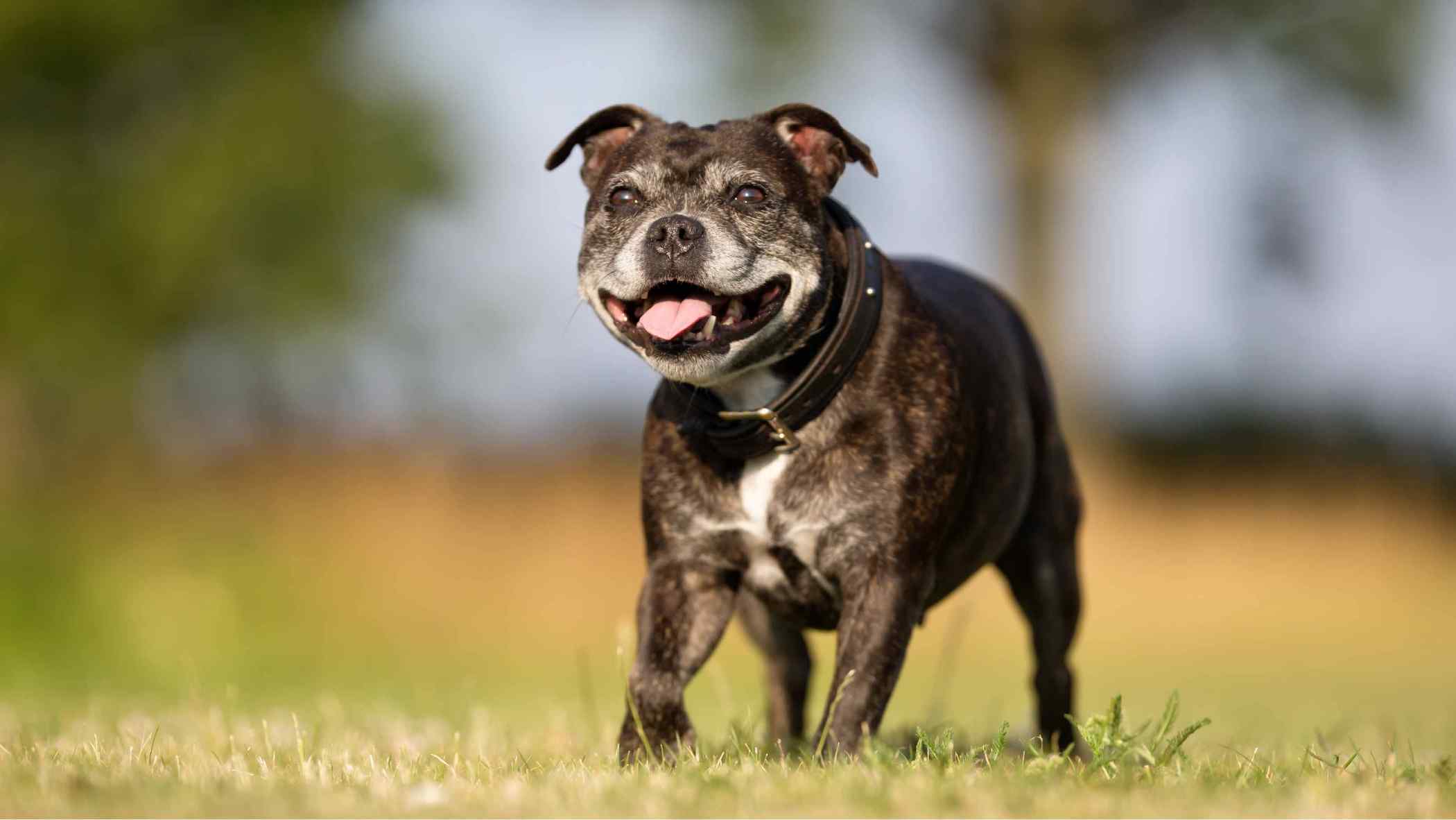osteoarthritis in dogs
If we’re lucky, our beloved pets live happy and healthy lives. That doesn’t mean watching them age is easy. We start to notice they don’t jump up to greet us as quickly, maybe they no longer hop on the couch, or they have difficulty climbing the stairs.
If your pup is experiencing any of these characteristics, there's a chance they're experiencing canine osteoarthritis (OA), a joint condition caused by cartilage degradation. Osteoarthritis is a degenerative disease that can cause extreme pain and limit your pup's mobility.
Risk factors and signs of osteoarthritis
Development of osteoarthritis is common in dogs, particularly in larger breeds who are predisposed to hip and elbow dysplasia and osteochondrosis such as labs, golden retrievers, and German shepherds. Other risk factors for developing osteoarthritis include obesity, age, stressful activities, and genetics.
Symptoms of osteoarthritis include stiffness, limping, difficulty jumping, lethargy, weight gain, trouble going to the bathroom, and noticeable pain. We know this all sounds devastating, but there are treatment options for your dog.
How can osteoarthritis be treated?
If you think your pup has OA, it’s important to schedule an appointment with your vet so they can assess and diagnose. Detecting and intervening early can help make a difference in your dog’s quality of life. Fortunately, there are several treatment options to help alleviate pain and mobility issues your dog might be experiencing from OA.
Chewable nonsteroidal anti-inflammatories, joint supplements, acupuncture, physical therapy, and therapeutic diets are a few common treatments. Your veterinarian may also recommend once-a-month injections called monoclonal antibody treatment, which are lab-created antibodies that help block pain signals in the brain.
 Mites and mange
Mites and mange Podcast - Not Just Fluff
Podcast - Not Just Fluff










